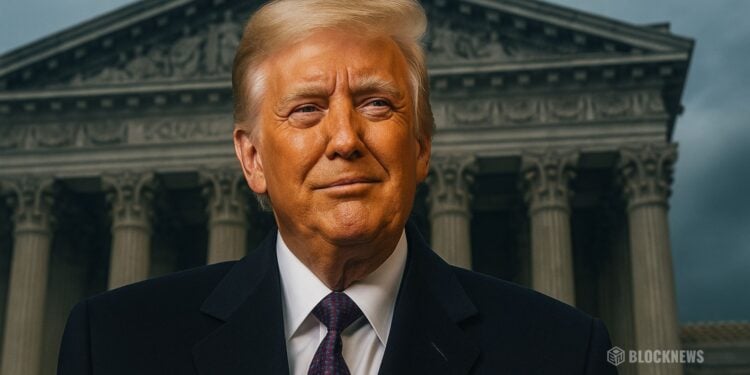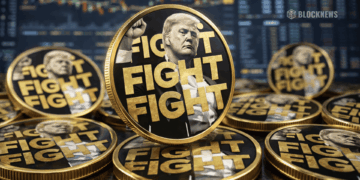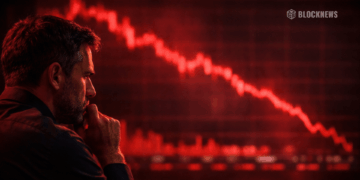- Supreme Court justices from both parties questioned Trump’s authority to impose sweeping global tariffs, with several suggesting the move violated Congress’s constitutional power to tax.
- Legal arguments centered on whether tariffs are taxes, as liberal and conservative justices alike challenged the administration’s claim that the measures were merely “regulatory.”
- The stakes are massive — potentially $3 trillion in future revenue or $750 billion in refunds, depending on the Court’s decision, which could redefine presidential power over U.S. trade policy.
The Supreme Court got a little tense on Wednesday morning as the justices — both conservative and liberal — grilled the Trump administration’s lawyer over the legality of the aggressive tariffs imposed by President Donald Trump on dozens of countries around the world.
From the get-go, the mood was skeptical. Several justices questioned whether Trump even had the authority to enact such sweeping tariffs, which critics argue are less about national security and more about taxing without Congress’s approval.

Tariffs or Taxes? The Core Clash
Solicitor General D. John Sauer, representing the Trump administration, stood his ground. He claimed the tariffs weren’t about raising money, calling them “regulatory tariffs” tied to the president’s power to manage foreign commerce.
“These are not revenue-raising tariffs,” Sauer said. “The fact that they raise revenue is only incidental.”
Justice Sonia Sotomayor wasn’t having it. “You say tariffs aren’t taxes,” she fired back, “but that’s exactly what they are — they’re generating money from American citizens.”
She went on to note that no president in history had ever used the International Emergency Economic Powers Act (IEEPA) to impose tariffs. “Not one,” she added pointedly.
Even some conservative justices weren’t convinced. Justice Neil Gorsuch pressed Sauer on the danger of unchecked presidential power. “What happens when the president vetoes legislation trying to take these powers back?” he asked. “As a practical matter, Congress can’t get this power back — it’s a one-way ratchet toward executive control.”
Chief Justice John Roberts and Justices Amy Coney Barrett, Brett Kavanaugh, and Samuel Alito also piled on, suggesting the administration’s interpretation of the law might stretch far beyond its intended limits.
The Stakes Are Enormous
At issue are tariffs starting at 10% on most imports, with some countries like India and Brazil facing rates as high as 50%. If the tariffs stand, they could add up to $3 trillion in extra revenue by 2035, according to the Committee for a Responsible Federal Budget.
Critics, though, argue that the real burden falls on U.S. importers and consumers, not foreign producers. The government already collected $151 billion in customs duties in the latter half of 2025 — a 300% jump from the same period last year.
Standing outside the courthouse, Rick Woldenberg, CEO of Learning Resources (and one of the plaintiffs in the case), said it bluntly: “These tariffs are crushing small American businesses. They’re taxes — plain and simple — just dressed up with a new label.”
Plaintiffs Fire Back: “Tariffs Are Taxes”
When it was Neal Katyal’s turn to speak — representing the businesses suing the administration — he opened with a sharp jab: “Tariffs are taxes.”
“Our founders gave that taxing power to Congress alone,” he said, echoing the justices’ earlier concern. “IEEPA doesn’t allow a president to rewrite the world’s tariff architecture on his own.”
Katyal even pointed to Trump’s 39% tariff on Switzerland, a U.S. ally with which America actually runs a trade surplus. “If this is about trade imbalances, how do you explain that?” he asked.
A Massive Refund on the Line
Treasury Secretary Scott Bessent warned that if the Supreme Court strikes down the tariffs and delays its ruling until next summer, the U.S. government might need to refund more than $750 billion in collected duties.
The Court didn’t issue a decision Wednesday — and it’s unclear when one will come. But the case is widely seen as a defining test of executive power versus congressional authority, one that could shape trade policy for years to come.
Trump’s Take: “Life or Death for Our Country”
President Trump, for his part, called the case “literally, life or death for our country” in a post on Truth Social Tuesday night.
“With a victory, we’ll have tremendous — but fair — financial and national security,” he wrote. “Without it, we’re virtually defenseless against other countries who’ve taken advantage of us for years.”
Trump had initially suggested he might attend the hearing — something no sitting president has ever done — but later backed off, saying he didn’t want to “distract from the importance of the decision.”
The Bigger Picture
The justices’ sharp questioning suggests real hesitation about the legality of Trump’s tariffs. Both sides agree that the stakes are high — not just for trade, but for the balance of power itself.
If the Court sides with Trump, it could cement unprecedented executive control over U.S. trade policy. If it doesn’t, it may mark a rare judicial rebuke of a sitting president’s economic agenda — and possibly open the door to billions in refunds.
Either way, this ruling won’t just affect importers and exporters — it could reshape how America wields its economic power in a world still adjusting to Trump’s brand of trade nationalism.














